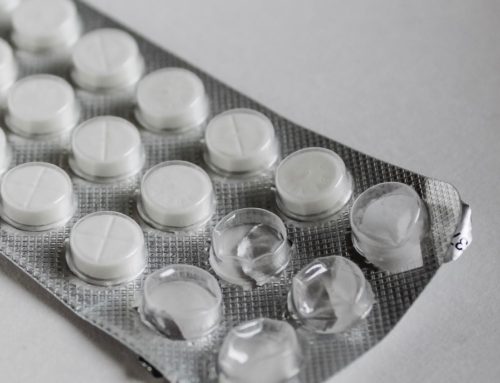A microbiome diet is a healthy style of eating that supports the good bacteria in the microbiome. It removes common foods that feed the bad bacteria and yeast living in the gut. Instead a microbiome diet focuses on real whole foods, rich in fiber including plant foods like leafy greens, non-starchy vegetables and nuts and seeds.
The more balanced your gut flora is, the healthier your entire body is. Your microbiome is linked to numerous health conditions, symptoms and complaints. It affects your digestion, immunity, mood, weight and energy levels.
Eating a microbiome diet can help to maintain balance and diversity in the microbiome, as well as help to restore it. Dysbiosis, candida overgrowth and leaky gut syndrome can all benefit from a whole food based microbiome diet. Generally if you’re starting from a place of imbalance, you’ll want to eat a stricter diet removing starches (including starchy vegetables like potatoes) for at least 2-3 weeks to help get your gut health back on track. You’ll also want to avoid the six foods below that feed the bad bacteria in your gut.
6 Foods to Avoid on a Microbiome Diet
1. Sugar
Refined sugars, desserts and sweets wreak havoc on your gut health. Not only does sugar feed the bad bacteria and yeast living in your microbiome, but it suppresses your immune system and increases inflammation in the body. As a society the amount of sugar we each day is about double the recommended limit. It’s added to everything including desserts, drinks, salad dressings and sauces making it difficult to avoid. So if you have a sweet tooth, try to trade in processed sugary foods for naturally sweet options like fruit, or a little bit of stevia once in a while that don’t carry the same detrimental effects.
2. Processed foods
Crackers, chips and microwaveable meals – get rid of them. Most packaged and processed foods are loaded with salt, sugar, unhealthy oils, preservatives and additives like artificial flavors or colors. If you don’t recognize the ingredients in a food, don’t consider it edible. These foods are hard on your digestive system, void of nutritional value and they promote inflammation in the gut.
3. Alcohol
A drink once in a while isn’t the worse thing in the world, but for a healthy microbiome diet, it shouldn’t be a daily occurrence. Alcohol breaks down into sugar that can feed the bad bacteria in your gut. It’s also a common source of yeast from the fermentation processes used to make it, contributing to dysbiosis in the gut. Drinking can also impair detoxification pathways in the body, which you need for optimal health and internal healing.
4. Grains
Not everyone will need to entirely remove grains from their diet, and certainly not long-term. But if you’re suffering with serious dysbiosis, candida or leaky gut removing them from your diet for a few weeks (not permanently) can help your gut flora get back on track. Grains break down into sugar in the blood which can support the bad bacteria in your gut microbiome. The most important types of grains to remove from your diet include gluten-containing grains and refined grains. Occasionally eating small amounts of quinoa or amaranth is generally okay since they’re technically seeds, or otherwise considered pseudo-grains.
5. Food allergens & sensitivities
Dairy, soy, corn, gluten and peanuts are all common food allergens or sensitivities, though you might have a completely different list. Avoiding any foods that your body is allergic or sensitive to helps to support the health of your digestive system and reduce internal inflammation allowing your gut to heal and your microbiome to restore balance. If you’re not too sure what it is that you’re allergic to, consider keeping a food journal so you can track any signs or symptoms you experience after eating certain foods. Patterns you notice over a 2-3 weeks may point to food allergies, intolerances or sensitivities that you have.
6. Chlorinated water
We should be drinking 2-3 litres of water every single day to support hydration, bowel regularity, detoxification and digestion. The problem with water is that it’s often chlorinated. Chlorination is not necessarily all bad, it’s used to kill the microbes and bacteria in our water systems that could otherwise make us sick. But unfortunately, the same detriment it does to the harmful bacteria in our water, it does to the good bacteria in our guts. Purchase a water filter, and as often as you can drink filtered water to reduce your exposure to chlorine.
Chew on this
By removing these six items from your diet, you can focus your meals around foods that support the good bacteria in the gut. Eat plenty of leafy greens, non-starchy vegetables, and include lean meats and eggs (as long as you’re not allergic). Healthy sources of fat including fish, coconut oil, nuts and seeds like flax or chia are also great additions to a microbiome diet.
You can help to support the good bacteria in your gut by eating fermented foods as a healthy source of probiotics. Including prebiotic foods like garlic, artichokes, onions, jicama, dandelion greens and leeks in your diet as well can act as food for the good bacteria.
What foods do you eat to maintain a healthy microbiome diet? Share them with us in the comments below.




